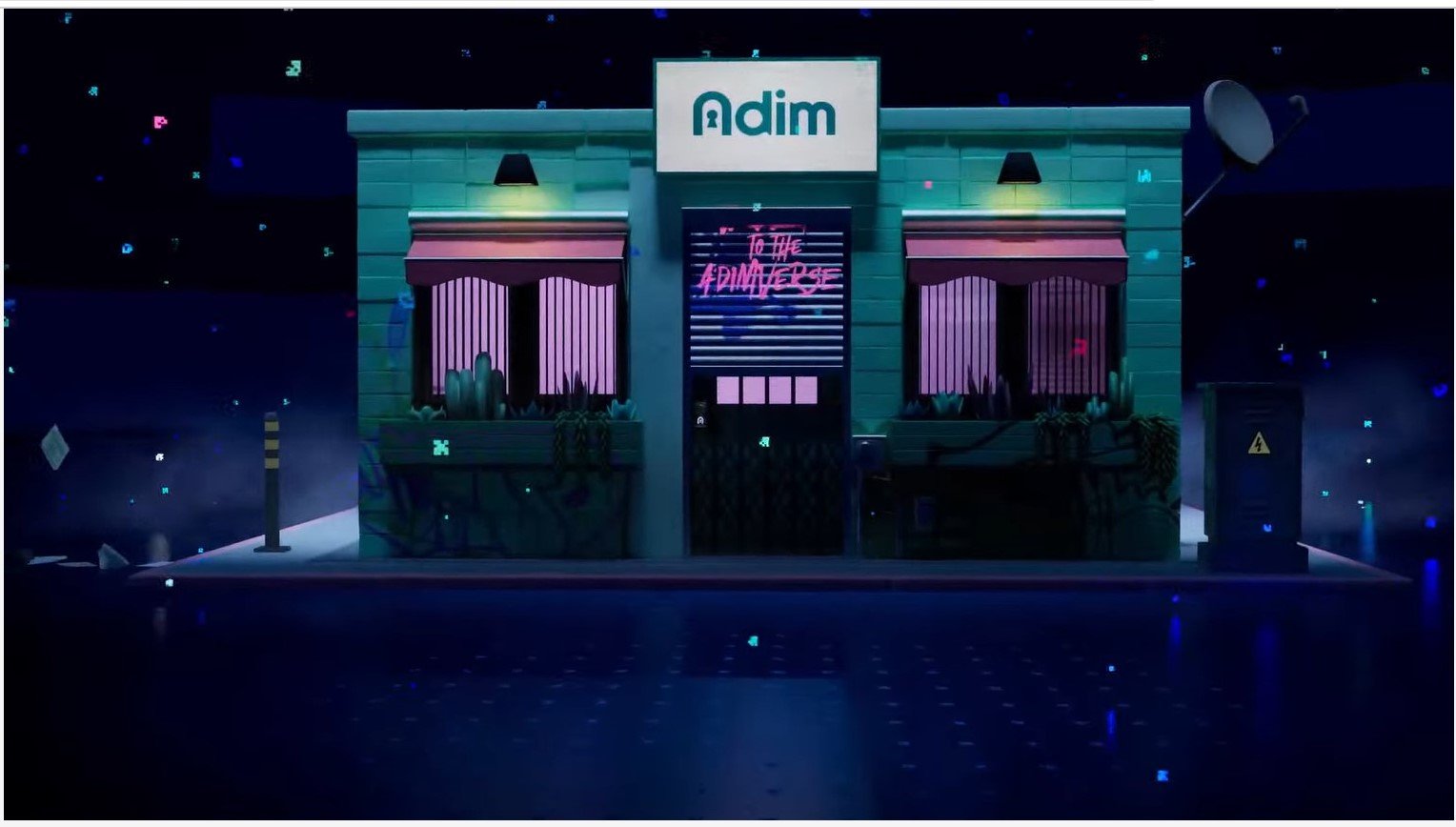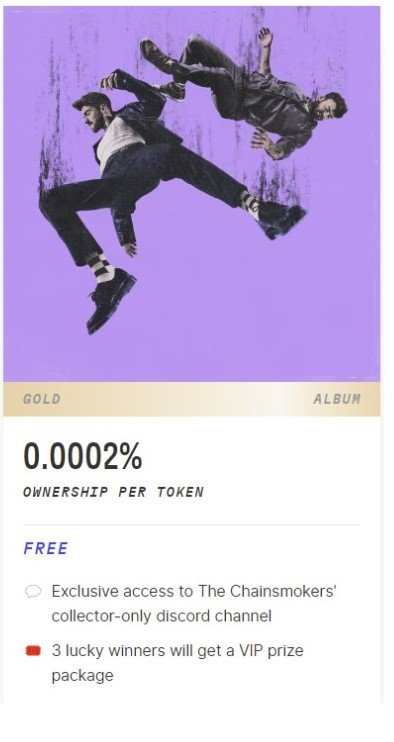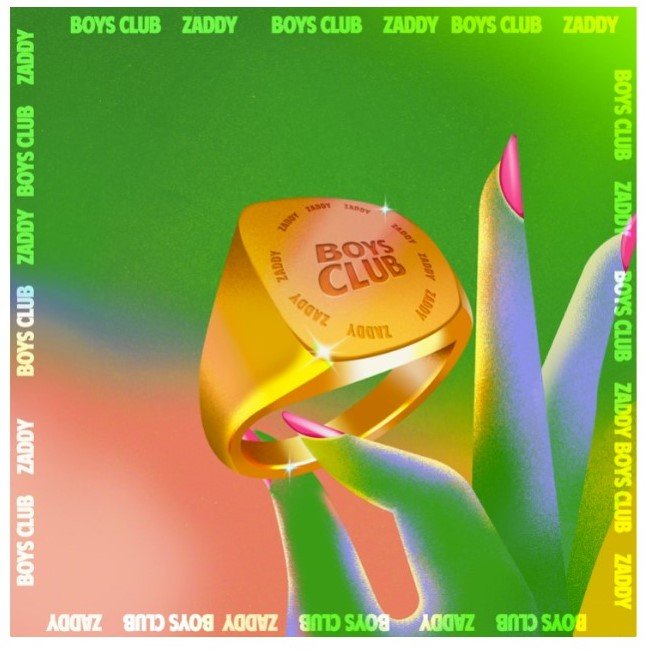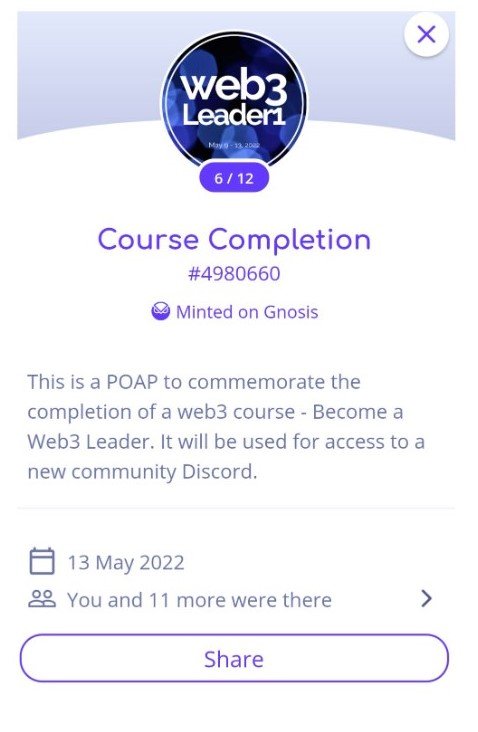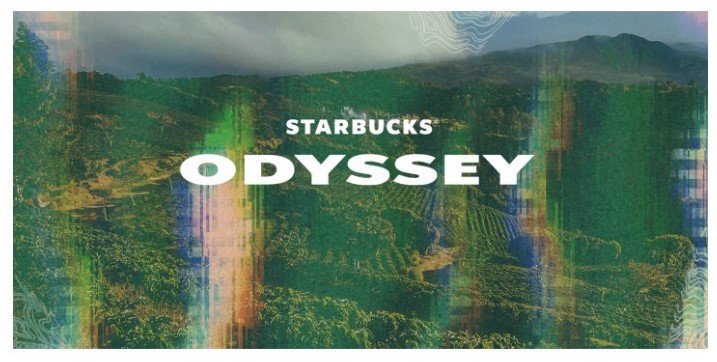Are you looking to increase brand engagement and visibility? Social tokens could be the answer! By offering rewards to users for their loyalty and engagement, social tokens can be used to grow any business.
Over the past decade, social media platforms have made it possible to build communities around specific topics and allow users to connect with companies in real time, which creates an instant sense of trust. However with organic social in decline and paid social becoming increasingly expensive, brands need to find innovative ways to build and maintain a connection with their customers.
Today’s savvy brands can use these characteristics of social media and create customized experiences for their target audience using the latest Web3 technology.
This article will explain how companies can create engaging experiences using social tokens. We’ll explore current use cases and how they can be used to build customized digital experiences while maintaining a high degree of relevance as a brand.
Why Web3?
If you're not already familiar with Web3, check out this deep dive on the pros, cons & opportunities of this emerging technology. But the short version is that Web3 is just another way of saying the version of the internet built on blockchain technology. Social tokens are digital assets built on blockchain technology, making them secure and immutable. This means that businesses can develop loyalty programs, reward systems, and even tokenized economies to reward their customers and know that the information is secure. Furthermore, the decentralized nature of blockchain technology ensures that users can easily make transactions and transfer tokens (buy & sell) without the need for third-party platforms. Social tokens are often referred to as either digital collectibles or NFTs.
The Role of Social Tokens in Web3
Social tokens are quickly becoming the go-to tool for powering Web3 experiences. These tokens are designed to help creators monetize their work, reward users for participating in communities and create more engaging experiences overall. Social tokens are digital assets that represent a unit of value within an online community or platform. They provide a way for communities and influencers to reward their most engaged users with access to exclusive content, membership privileges, or even governance rights. This helps to incentivize quality content creation and participation in activities such as voting and comment moderation and strengthens loyalty within the community. Social tokens can be used to create new revenue streams for content creators, influencers, and platforms. For example, a content creator could offer access to exclusive content or community events for holders of their tokens.
Furthermore, social tokens can also be used to power decentralized marketplaces, allowing users to buy and sell digital goods such as collectibles or artwork. This enables consumers to own digital assets that have real-world value and can be sold or traded. Social tokens are also increasingly being used to share profits with token holders, allowing them to benefit from the success of their investments in Web3 projects.
Examples of Successful Use Cases for Social Tokenization
Since becoming involved in Web3, I have participated in several projects and researched many more. Below are a few examples of social token use cases that I find compelling.
Governance Use Case
I have a Surge passport. Surge is a project dedicated to empowering more women to join Web3.
My passport gives me access to perks such as educational classes and tax software. But it also gives me voting rights to determine where we donate the profits from Surge NFT sales.
In May 2022, we voted to donate 4 ETH (~ USD $7,750 at the time) to Girls Who Code.
I take my voting rights seriously, and I’m proud to have contributed to an organization that will help build the next generation of female contributors in the space.
Co-creation & ownership use case
Rob McElhenney, creator of Always Sunny in Philadelphia and Mythic Quest, has started a Web3 entertainment production company called Adimverse.
I was lucky enough to lead a creator’s room - a community of storytellers, and creatives working together to create and own a new generation of characters and stories.
The resulting characters are owned and governed by the community that creates them.
At the end of each Creator Room, each participant is granted a unique Core Character NFT that includes details about their ownership, governance rights, and a right to receive rewards - royalties or revenue shares for any future commercialization of their creative outputs.
Profit sharing use case
I have an NFT for the Chainsmokers “So Far So Good” album.
This album can be streamed by anyone for free online.
The NFT provides profit sharing in the form of a (very small) percentage of royalties that the band makes on this album.
As a holder, I’m incentivized to hype this album as I stand to benefit from its success.
From the band’s perspective, this reduces the amount they need to spend on marketing as they rely on the community to do it.
They help to keep the community engaged by having dedicated chat forums for NFT holders and offering early access to songs and discounted merch.
Crowdsourcing use case
Boys Club is the antithesis of crypto bro culture. It’s a group of women and non-binary folks dedicated to making crypto accessible “for the rest of us”
I have personally benefited from the advice and guidance I received from community members (via Discord) as well as their podcasts and education articles/videos.
I volunteer for their “wingman” project, where someone with some experience with Web3 meets with a new crypto-curious member and helps them get started in the space.
Boys Club held a free mint for all members and held a launch zoom call where they helped new members through the process of minting.
Additionally, they created a separate NFT collection to create a treasury that can fund scholarships and other member benefits.
Proof of attendance use case
Proof of Attendance Protocols (POAPs) are NFTs that are given to individuals that attend a particular event.
This can be in-person, online, or in the metaverse (e.g., Decentraland parties)
This can be useful in showing credentials (such as my POAP for attending a Web3 leader course)
They are also a popular form of social signalling, proving that you were an early fan or participant.
I like to think of these as virtual concert t-shirts - a social proof of fandom and participation in a specific subculture.
Loyalty program use case
The new Starbucks Odyssey experience is an extension of their existing rewards program and features a series of activities and challenges.
Members receive a digital collectible "journey stamp" NFT upon completion of journeys and can buy "limited-edition stamps" NFTs through an integrated marketplace.
Members can buy limited-edition stamps directly with a credit card, eliminating the need for a cryptocurrency or cryptowallet.
Each digital collectable stamp will include a point value based on its rarity.
Points are used to unlock access to unique benefits and experiences such as virtual espresso martini-making class, in-person events at roasteries, and a trip to a coffee farm in Costa Rica.
When you receive a social token, it is represented by a piece of artwork in the form of an image or video. For some projects, each token is represented by a unique digital asset. Whereas other projects use a standard asset for all tokens associated with the project. The images in the gallery below link to the various projects and tokens described above.
Social tokenization is playing an essential role in the future of Web3 applications. As the use of social tokens becomes more widespread, we will likely see an increase in innovative applications and use cases for these tokens. This could include everything from gaming to e-commerce and much more. With a seemingly endless number of applications, I can’t wait to see what comes next.



